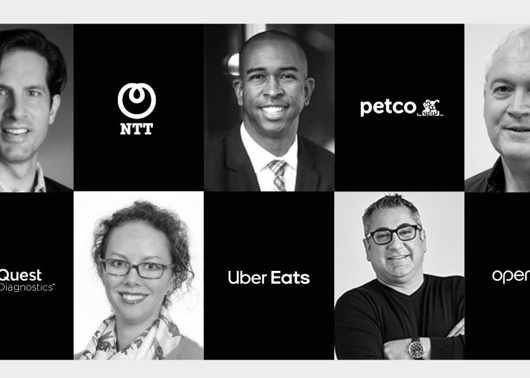By: Tom Hutchison, Senior Product Manager, Amazon Ads

The human intellect is capable of wonderous feats, allowing us to compare and classify information, to calculate optimal decisions and connect incongruent observations of the world. At the same time emotions provide meaning and context. Feelings define significance and value. People flourish when the head and the heart align and when the inexorable progress of reason leads to the same conclusion as the inescapable pull of desire. Advertisers play in this field where feeling and thinking come together.
Many advertising strategies revolve around the intent to create awareness. Brands introduce themselves to people as a first step in building a relationship, communicating with consumers to let them know about products and services they offer. Advertisers expend a lot of energy compiling information about people, creating predictive analytics and building audiences. Too often though, after all that effort to ensure they’re reaching the right people, advertisers deliver content that doesn’t exercise the consumer’s intellect or appeal to their emotions.
An ad that merely states “I’m here, I exist” misses an opportunity. It misses the chance to relate to a person on an emotional level and it misses the opening to involve their minds in a problem-solving activity that grabs and retains their attention. So, there should be a step in the campaign workflow that encourages planners to pause, to make a deliberate, mindful assessment of the logical and emotional characteristics of their ad.
An ad works on the intellectual level when it compares the product or service to widely known alternatives that exist in the marketplace to help consumers better understand the offering. Conversely, an ad can contrast features to force the user to differentiate between various alternatives. The ad may provide an overview of several features, causing people to prioritize them in terms of importance. In each of these cases, we see the consumer using rational thought to assess the content. That purposeful action is enough to improve the engagement that person experiences with the ad.

Other ads need to touch a feeling the consumer already has or illicit an emotional reaction rather than driving a logic-based decision. For those ads, the progression of data and facts are less important than the instinctive impressions that people experience. There are many ways to categorize emotions and selecting one is a good way to create design principle for ads. One option is to use the Six Basic Emotions developed by Paul Ekman in his work on human micro-expressions. Those emotions include:
- Sadness – feelings of disappointment, grief and hopelessness
- Happiness – feelings of joy, contentment and satisfaction
- Fear – feelings that trigger a fight or flight response
- Anger – feelings related to hostility, frustration and aggression
- Surprise – feelings brought about by something unexpected
- Disgust – feelings of being repulsed with the potential of being physically sickened
Some emotions are harder to work with in an ad. Disgust seems particularly problematic, though anti-smoking ads have effectively used it. Surprise is more commonly used. It’s the emotion connected with humor. Happiness is probably the easiest as it relates to nostalgia, trust and positive physiological responses brought on by the release of dopamine, serotonin and other chemicals in the brain. Whatever the emotion used in an ad, that feeling people experience will create a stronger association with the message.
Everyone experiences the world through their emotions and their intellect. It’s how we relate = with the environment around us. Some people are more in touch with their feelings, while others are more comfortable dealing with logic and reason, so any given ad won’t affect everyone the same. Yet, it’s important to pause the development of the various ads for a campaign to look at them through an emotional/intellectual lens, ensure they’re appealing to the characteristics you’d planned and confirm that you’re making the most out of the opportunity to capture your customers’ attention.





